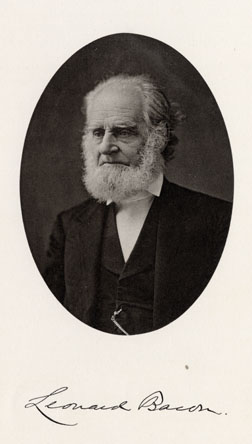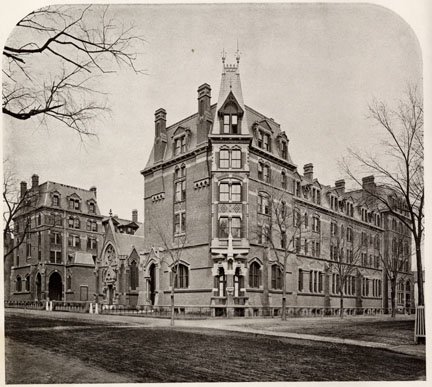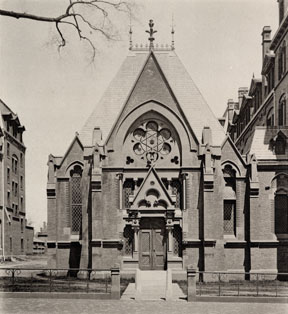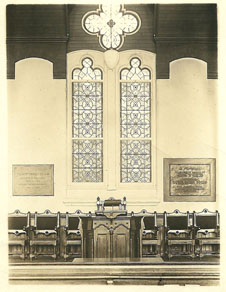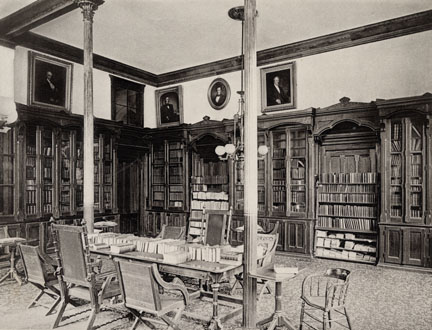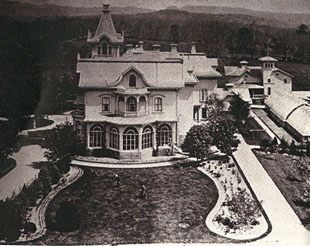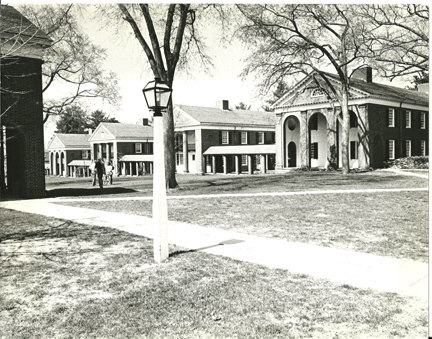|
In 1826, Mr. Josiah W. Gibbs was appointed Professor of Sacred Literature, both of the Hebrew and Greek
Professor Gibbs was the scholar of the Faculty: patient, accurate, thorough, and conscientious in all his researches, cautious and naturally skeptical in his intellectual habit, but with a profound religious sense, and a candor more beautiful than the highest gifts of intellect. |
|
 |
"Professor Chauncey Goodrich was not formally appointed to the professorship of the pastoral charge until 1839, but from the beginning his relations to the professors were so intimate, and his services to the seminary so constant, that we commonly think of him as virtually a member of the Faculty from the outset.
He was possessed of a practical tact, a power of finding means for ends, a readiness and shrewdness which, in connection with his familiarity with the world of men, his self-denying benevolence and his catholic spirit, qualified him to render services to the institution for which his colleagues were less competent " |
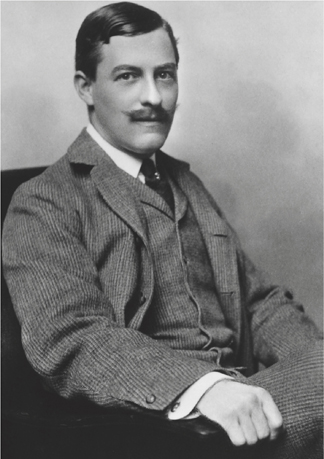
William Adams Delano, architect of new YDS campus on Prospect Street |
"One of the strongest influences on William Adams Delano's design for the new Yale Divinity School was the 18 th century Thomas Jefferson plan for the University of Virginia, completed in 1826. Delano's decision to respect the Jefferson plan was not independent of a larger movement underway in architecture in the United States in the first quarter of the twentieth century.
By 1925, Welles Bosworth, a professor of architecture at the Massachusetts Institute of Technology, influenced architects to turn away from designing separated, individual structures to complexes of buildings that had a radiating core and connecting structure, buildings that created an environment for a community. Under Bosworth's influence, many architects used the University of Virginia pattern as a master plan for schools around the country.
It is Delano's variation on the Jeffersonian plan, and the unique features he introduced, that turn it into so extraordinary a place.
In Delano's drawings, the chapel becomes the central focus for a campus that radiates from it. In contrast, the focus of the University of Virginia, its central monument, is the library.
Delano has created an extraordinary Greco-Roman frame of reference, a formal dialogue rendered in Georgian Colonial brickwork and expressed in the enveloping eight facades on the interior of the Quadrangle". |

George Edward Day
1888-1895
|
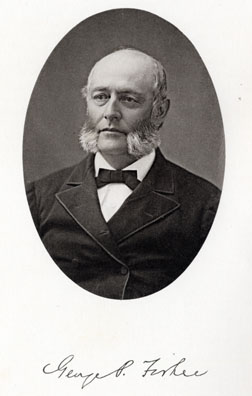
George Park Fisher
1895-1901
|
From Yale and the Ministry, by Roland H. Bainton:
In 1901, Yale President Arthur Hadley proposed that the Divinity School institute an administrative dean. Hitherto the dean had been little more than a presiding officer at faculty meetings. Frank K. Sanders was chosen for the post. He came from the field of Semitics in the College and consented to be dean in the hope of promoting his discipline. However, what the School needed at that juncture was not a shot of Semitics. Sanders' primary commission was to raise money. When after four years he ended with a deficit, Hadley saw no way out but to impose tuition on the Divinity students. When the matter came to a vote in the Divinity School faculty, Bacon and Walker were in favor; Stevens, Curtis, Brastow, and Porter were opposed. The motion was lost. Sanders resigned. |
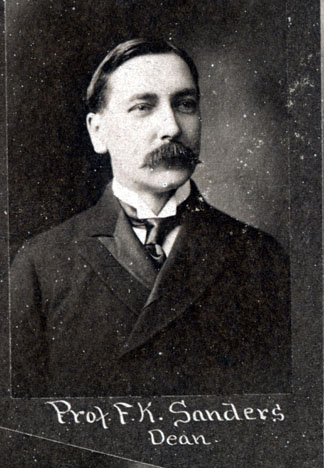
Frank Knight Sanders
1901-1905
|

Edward Lewis Curtis
Acting Dean, 1905-1911
|
Then it was that Edward L. Curtis was appointed Acting Dean. In 1905 the outlook alike for funds and students was most bleak. Curtis was a scholar and did not relish administration and money raising, but someone had to step in. If it be said that Timothy Dwight the Younger saved the Divinity School from closing during its first crisis, on the occasion of the second none so fully merits acclaim as Edward L. Curtis, devotedly served by Porter, Bacon, and Walker. |
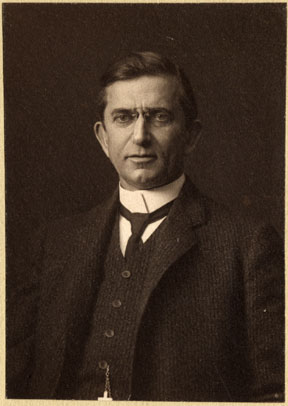
Charles Reynolds Brown
1911-1928
|
[By 1911]
The School was now definitely on the mend. The great problem now was to secure a dean who would be not only an administrative head but who would relate the School to the wider Church constituency, interdenominational and national in scope.
Charles Reynolds Brown set out at once to recruit students from across the land. During Brown's administration from 1911 to 1928 the advances were marked. The enrollment went from 114 to 162, the faculty from 9 to 15, the funds from close to nine hundred thousand to something over a million and a half. The number of states represented increased from 28 to 36, and the denominations from 10 to 16. |
Luther Allan Weigle served for twenty-one years, from 1928 to 1949, when he was succeeded by Liston Pope . The selection of these two men was indicative of a new emphasis. Both were taken, not from the parish ministry, but from the ranks of the teaching profession. Both were already serving on the faculty. At the time of Brown's coming, the decision to call an eminent minister was wise, but in 1928 the need was to raise the educational standards of the school to a par with the other departments of the University. |
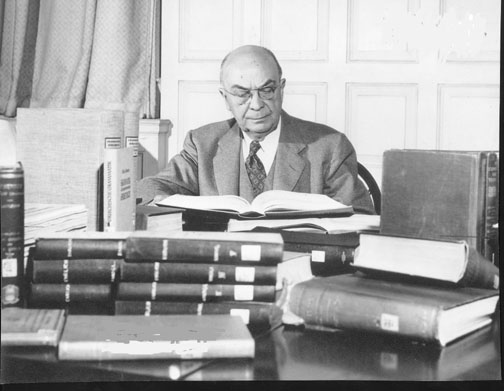
Luther Allan Weigle
1928-1949
|
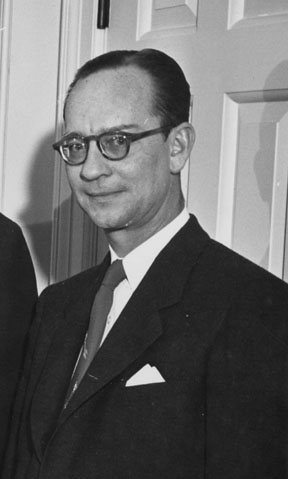
Liston Pope
1949-1962
|

Charles Forman
Acting Dean, 1961-1963
|

Robert Clyde Johnson
1963-1969
|
Robert Clyde Johnson came to Yale as the eighth dean of the Divinity School, serving in the post from 1963 to 1969. As dean, he helped establish a joint degree program in urban studies with the Schools of Art and Architecture and a joint program with the School of Music, which laid the groundwork for the Institute of Sacred Music at Yale. Professor Johnson stepped down from the deanship to return to his teaching as a professor of theology. He was named the Noah Porter Professor of Religion at the Divinity School in 1990 and retired later that year. |
The beginning of Colin Williams ' tenure as dean was marked by the Black Panther trials in New Haven.
[Yale President Kingman Brewster] opened the university to the thousands who, under the surveillance of the National Guard, streamed into New Haven to protest the trial of Bobby Seale and the Black Panthers in 1970. With the manifold help of churches and other organizations that provided food and shelter, Yale survived the crisis without the sort of confrontations and disruptions that nearly paralyzed Columbia and Harvard. During that tense spring, 'teach-ins' replaced classes at the Divinity School, led by a newly appointed dean, Colin Williams. Like his predecessor, Robert C. Johnson, Williams devoted many hours to meetings with students and faculty in order to develop responses to the stream of crises.
Leander Keck, Epilogue to Yale and the Ministry |

Colin W. Williams
1969-1979
|
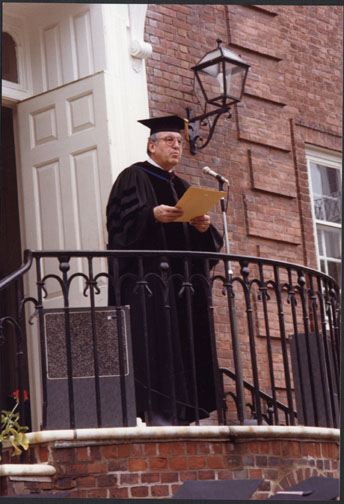
Leander Keck
1979-1989
Leander Keck came to the Divinity School from Candler School of Theology, Emory University, where he had served as professor of New Testament. Following his tenure as dean, he remained on the YDS faculty as Winkley Professor of Biblical Theology.
|
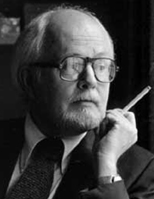
Aidan Kavanagh
Acting Dean, 1989-1990
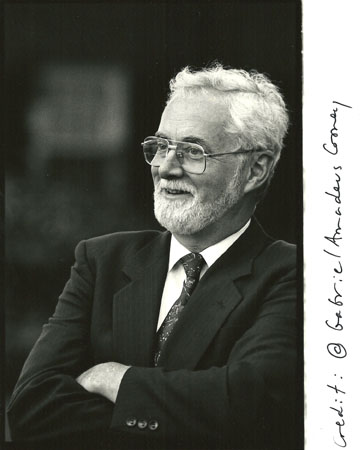
Thomas Ogletree
1990-1996
Thomas Ogletree came to the Divinity School from the Theological School of Drew University, where he served as dean and professor of Theological Ethics. Following his tenure as dean, he remained on the YDS faculty as Frederick Marquand Professor of Theological Ethics.
|
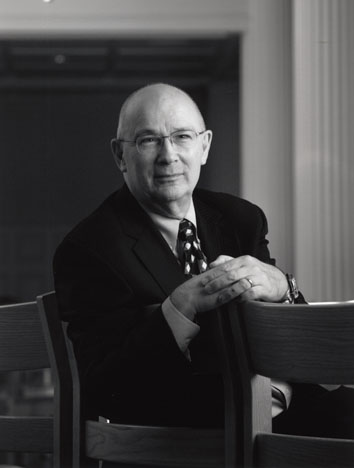
Richard Wood
1996-2000
Richard Wood came to the Divinity School from Earlham College, where he had served as President from 1985 to 1996. Following his tenure as dean, Wood became President of the United Board for Christian Higher Education in Asia. |

Harry Adams
Acting Dean, 2000-2001
|
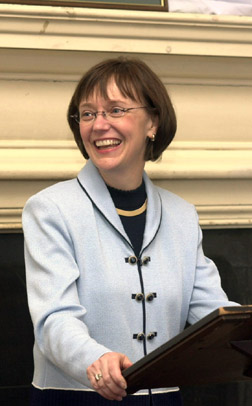
Rebecca Chopp
2001-2002
Before coming to Yale, Rebecca Chopp served as provost at Emory University. She left YDS after one year to become President of Colgate University. |
 |
Harold Attridge
2002-2012
Harold Attridge was appointed Professor of New Testament at YDS in 1997, coming from the University of Notre Dame where he taught in the Department of Theology and served as dean of the College of Arts and Letters. Earlier this year Atridge was named to a Sterling Professorship, the highest honor that can be conferred upon a member of the Yale faculty. Following a year sabbatical he will return to teach at YDS.
|

Gregory Sterling
2012- Gregory Sterling comes to Yale from the University of Notre Dame where he was dean of the Graduate School and professor of theology. |
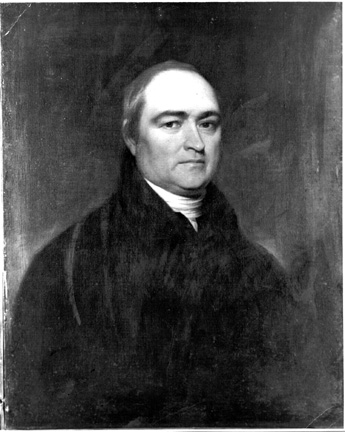
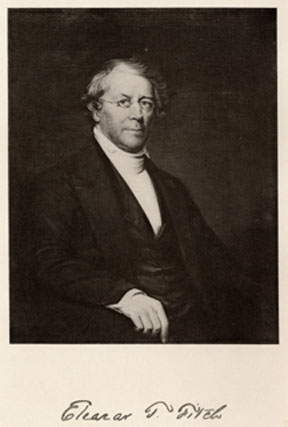
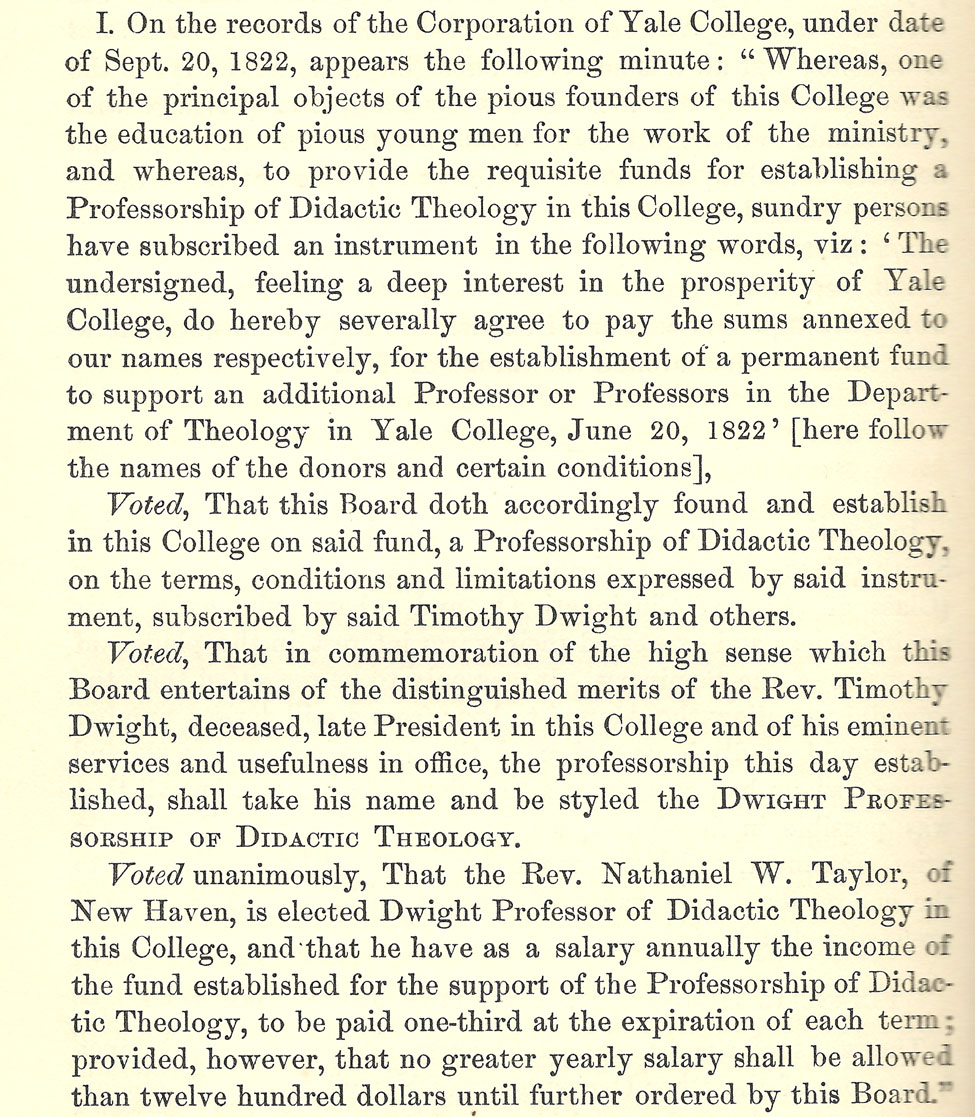

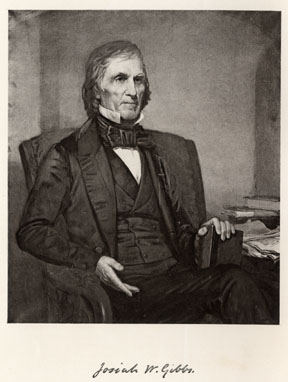

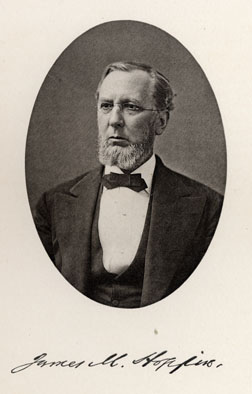 James M. Hoppin
James M. Hoppin

